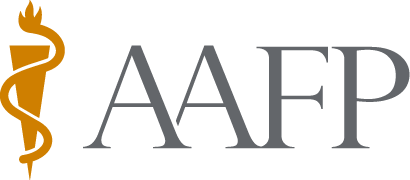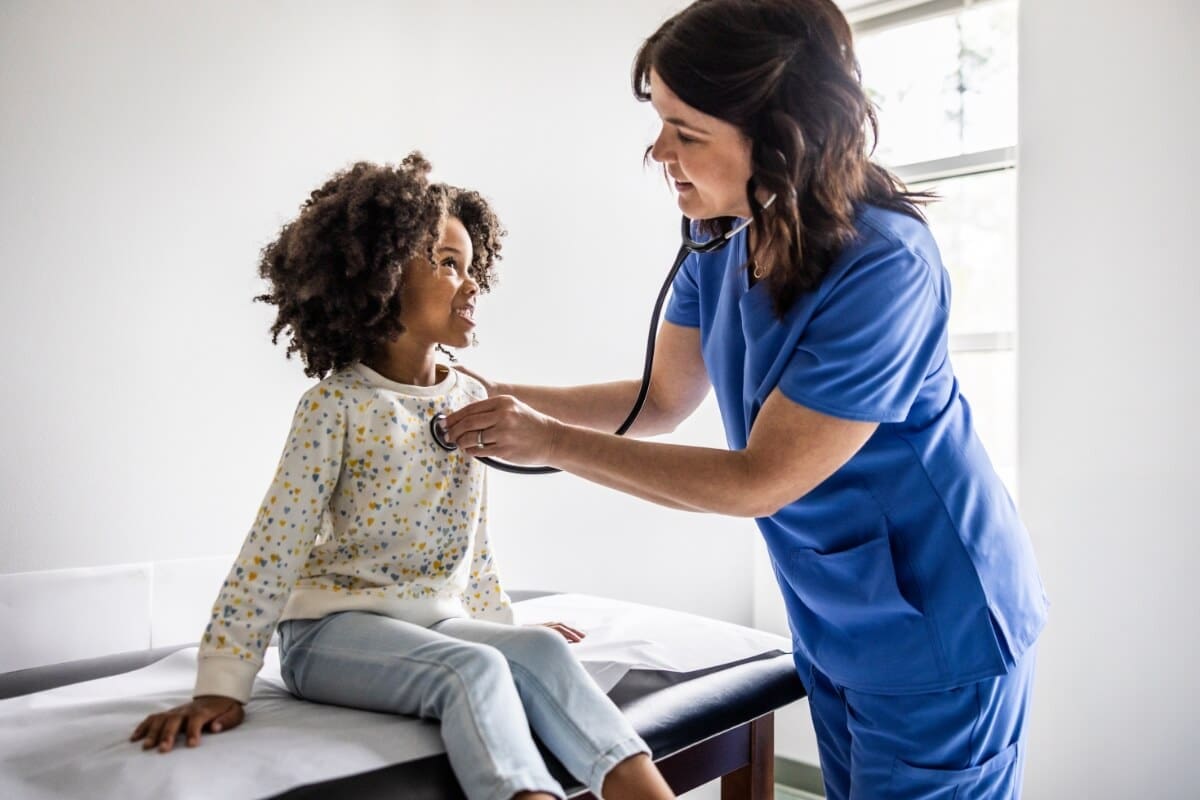
Medicine can be a very expensive part of your health care treatment. Your doctor may prescribe a medicine you can’t afford to pay for. Sometimes there is a generic option, or a different, less expensive alternative. But sometimes there is not. Don’t worry. There are assistance programs available that can help you. You may be able to get the medicine for free or for a reduced cost.
Path to improved health
There are several ways you can get help paying for your prescription medicine.
Private and public health insurance
Many people have health insurance. Some plans pay for prescription medicine. Some do not. It depends on what kind of insurance you have.
- Private health insurance through your employer.Some or all of the cost of your medicine may be covered.
- Traditional Medicare plan(sometimes called fee-for-service). You’ll need Medicare Part D to make sure your medicine is covered.
- Your state’s Medicaid plan probably covers the cost of prescription medicines.
State and community programs
Some state governments offer affordable medicine programs. These are designed for seniors, people who are disabled, and people who have low incomes. Some communities offer help as well. This could be in the form of:
- Community health centers
- Area Agencies on Aging
- Free health clinics
- Other community programs
To use these services, you may need to show that you don’t qualify for private health insurance. Or you might have to show that you don’t make enough money to pay for your own medicine.
Private programs
Some social agencies offer financial help for people who can’t afford their medicines. These include the Salvation Army and some private hospitals.
Patient-assistance programs
Patient assistance programs (PAPs) are sponsored by companies that make prescription medicine. Each company has its own rules about who qualifies for its PAP. In many cases, you will need to show that you don’t qualify for private or public health insurance. (Public insurance includes Medicare or Medicaid.) You may also need to prove that your income is below a certain level.
Each PAP has its own application process. In many cases, your doctor, nurse, or social worker will need to apply for you. For some programs, your doctor or nurse can submit an application online. For others, the application must be mailed in. Remember that applying for a PAP does not guarantee you will get your medicine for free or at a lower price.
Pharmaceutical coupons
Some pharmaceutical companies offer coupons to reduce the cost of a prescription. Ask your doctor if they have coupons or can direct you to online coupons.
For more information
The following websites can help you and your doctor see which assistance programs you might qualify for:
The Medicine Assistance Tool was created by Pharmaceutical Research and Manufacturers of America (PhRMA) as a clearinghouse for more than 475 public and private assistance programs. These programs are provided by:
- Pharmaceutical companies
- Doctors
- Other health care providers
- Patient advocacy organizations
- Community groups
The tool helps patients get the medicines they need. It helps them find the assistance program that’s right for them. Many people who qualify for these programs will get their medicines free or for a reduced cost. Organizations that support this program include:
- American Academy of Family Physicians
- American Autoimmune Related Diseases Association
- Lupus Foundation of America
- NAACP
- National Alliance for Hispanic Health
- National Medical Association
The Together Rx Access Program can help people save on their medicines. It offers a discount card for those who qualify. Most cardholders save 25% to 40% on brand-name prescription medicines and products. Savings on generic medicines are also available. The card can be used at the majority of pharmacies.
This website gives information about drug company PAPs. It lists medicines that are available through PAPs. It gives contact information for the companies that make them. In many cases, you can download a copy of a drug company’s PAP application. NeedyMeds also offers a free discount card. Just download and print the card, then take it to your pharmacy. Many pharmacies accept the discount card. It can help you receive up to 80% off the price of your prescription. The NeedyMeds site also links to state Medicaid websites.
This site is supported by the Pharmaceutical Research and Manufacturers of America (also called PhRMA). Your doctor can use the tools on the RxHope website. They can apply for you to receive free or low-cost medicines from the companies that make them.
This website is sponsored by an organization called Volunteers in Health Care. Your doctor, nurse, or social worker can search the database on the site. They can find out which PAPs you might qualify for. The site also gives information about other resources, such as prescription discount programs.
This website will direct you to the pharmacy that has the lowest price for the medicine you need. You can search medicines by active ingredient or by brand name. It also shows you any discounts available for your medicine. It offers free coupons to use at the pharmacy.
Things to consider
There are many different PAPs out there. Each one has its own rules and requirements. Some are easier to join than others. Some of the differences between programs include:
Applications. Some program applications are only available from your doctor. Some are online. Others you can get by calling a toll-free number.
Application process. Most programs require the application to be sent in by mail or fax. Some may accept enrollment over the phone. You may have to include documentation showing your financial information. This could include W-2 forms, tax returns, or paycheck stubs.
Eligibility. Factors that make you eligible for different programs can vary. Some programs have income limits. Some require that you don’t have any health insurance. Others may require that you not be eligible for any state or local assistance programs.
Response time. Some programs process and approve applications quickly. You may be able to get your medicine in just a week. Other programs could take up to six weeks.
Delivery of medicine. Many programs deliver the medicine to your doctor. Some will deliver it to your home. Others may give you a card or voucher that you can take to the pharmacy to exchange for your medicine.
Amount of medicine. You may only be able to get a 30-day supply of medicine from some programs. Others may allow you to get up to 180 days (6 months).
Refills. Programs may require you to submit a new application every time you need to get a refill of your medicine.
Questions to ask your doctor
- Do I have insurance or prescription coverage that will pay for my medicine?
- How do I find out about assistance programs? Can you help me?
- What is the best assistance program for me?
- Do you fill out the application for the assistance program or do I?
- When will I find out if I am approved for prescription assistance?
- Will my medicine be delivered to you or to my home?
- Do I have to fill out a new application every time I need a refill of my medicine?
Resources
![]()
Copyright © American Academy of Family Physicians
This information provides a general overview and may not apply to everyone. Talk to your family doctor to find out if this information applies to you and to get more information on this subject.











